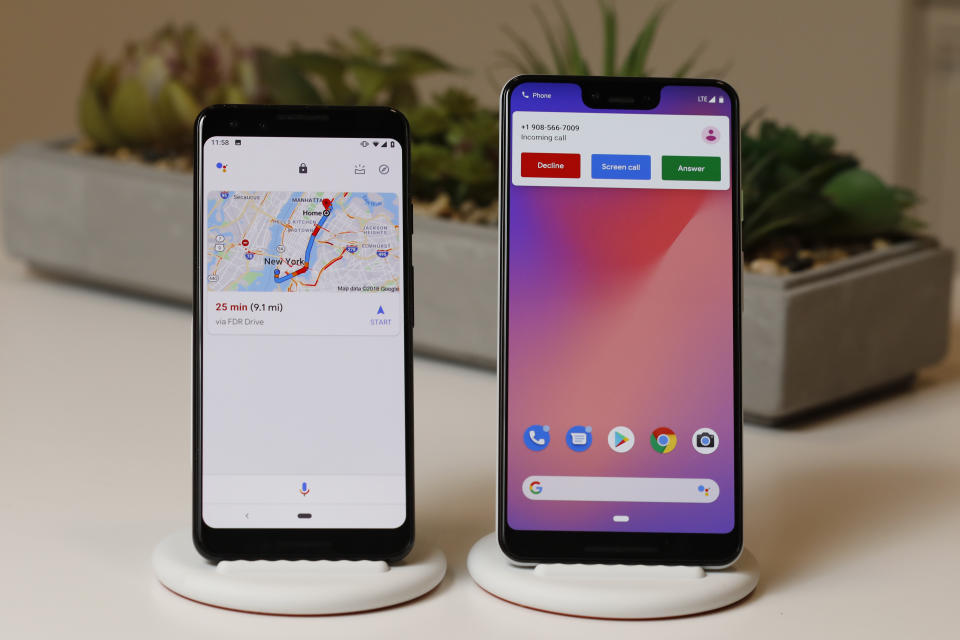Google finally lets iPhones use its cell phone service

Since 2015, Google (GOOG, GOOGL) has offered cell service with a service called Project Fi. With a simple service model charging $20 for a dial tone, unlimited texts, and then $10/GB after, the no-strings attached plan gained a niche status, especially since data and messages cost the same throughout most of the world.
But the plan had one big downside: only a certain amount of phones were compatible: Google’s Nexus and Pixel series, and a few other Androids.
On Wednesday, however, Google announced that it’s opening up the service to more phones — including Apple (AAPL) iPhones running iOS — and renaming the service Google Fi.
Previously, Apple phones were off-the-record compatible — you’d see people talk about it in forums — but it didn’t work that well. Since Google doesn’t own towers, but rather rents service from Sprint, T-Mobile, and US Cellular, only certain phones could handle the switching capabilities.
Phones that aren’t designed for Google Fi, like the iPhone, won’t have all the benefits of the service, but it will finally allow the same billing model – with no contracts, no extra fees, and international data coverage.
Missing from the non-Google phones: a seamless setup, visual voicemail, and automatic network switching. For iPhones, few extra steps are required to get iPhones online and texting. According to the Verge, Apple users will simply get a text when they have a voicemail, no actual transcript. And unlike phones made for the service, automatic network switching between Sprint, T-Mobile, and US Cellular won’t be active and phones will stay on a single network, which in the past has been T-Mobile. For now, Google Fi for iOS is beta so things may get smoothed out for compatible devices in the coming months.
Reading the tea leaves, however, the Google Fi announcement signals to customers who love the service that Google isn’t planning to scrap it anytime soon. The “Project” is now something more real and permanent.
–
Ethan Wolff-Mann is a writer at Yahoo Finance focusing on consumer issues, retail, personal finance, and more. Follow him on Twitter @ewolffmann.
Apple is finding out that not everyone likes giant, expensive phones
How $70 made my 7-year old MacBook feel new again
Google’s new phones are good enough to lure some iPhone users

 Yahoo Finance
Yahoo Finance 